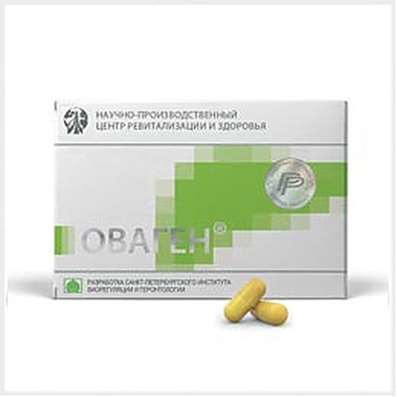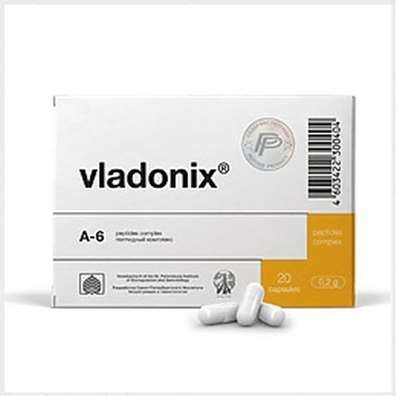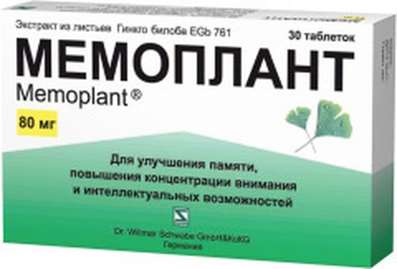Instruction for use: Lornoxicam (Lornoxicamum)
I want this, give me price
Pharmacological group
NSAIDs – Oxycams
Nosological classification (ICD-10)
M06.9 Other specified rheumatoid arthritis
Rheumatoid arthritis,Pain syndrome in rheumatic diseases, Pain in rheumatoid arthritis, Inflammation in rheumatoid arthritis, Degenerative forms of rheumatoid arthritis, Children's rheumatoid arthritis, Exacerbation of rheumatoid arthritis, Acute articular rheumatism, Rheumatic arthritis, Rheumatic polyarthritis, Rheumatoid arthritis, Rheumatic polyarthritis, Rheumatoid arthritis, Rheumatoid arthritis of active course, Rheumatoid arthritis, Rheumatoid polyarthritis, Acute rheumatoid arthritis, Acute rheumatism
M10 Gout
Exacerbation of gout, Acute articular attack with gout, Acute gouty attack, Gouty attack, Recurrent gout attacks, Chronic gout
M13.9 Arthritis, unspecified
Arthritis,Purulent arthritis (non-infectious), acute Arthritis,Pain in acute inflammatory diseases of the musculoskeletal system,Pain in chronic inflammatory diseases of the musculoskeletal system,The pain in osteoarthritis, Inflammation in osteoarthritis, Inflammatory arthropathy, Inflammatory and degenerative joint diseases, Inflammatory disease of the musculoskeletal system, Inflammatory joint disease, Inflammatory diseases of the musculoskeletal system, destructive arthritis, The disease of the musculoskeletal system, Diseases of the musculoskeletal system, Diseases of the musculoskeletal system and connective tissue, Infections musculoskeletal system, monoartrit, Non-infectious arthritis, rheumatic arthritis, Osteoarthritis, Acute inflammation of the musculoskeletal tissue, Acute inflammatory diseases of the musculoskeletal system, Acute inflammatory condition of the musculoskeletal system, Acute arthritis, Acute osteoarthritis, Post-traumatic osteoarthritis, Reactive arthritis, Chronic inflammatory diseases of the joints, Chronic arthritis, Chronic inflammatory arthritis, Chronic inflammation of the inner layer of the joint capsule, Chronic inflammation of the joint capsule,Chronic inflammatory disease of the joints, Exudative arthritis
M15-M19 Osteoarthritis
M25.5 Pain in the joint
Arthralgia, Pain syndrome in musculo-articular diseases, Pain syndrome in osteoarthritis, Pain syndrome in osteoarthritis, Pain syndrome in acute inflammatory diseases of the musculoskeletal system, Pain syndrome in chronic inflammatory diseases of the musculoskeletal system, Pain in the joints, Soreness of the joints, Soreness of joints in severe physical exertion, Painful inflammatory joint damage, Painful conditions of the musculoskeletal system, Painful joint conditions, Painful traumatic affection of joints, Pain in the musculoskeletal system, Pain in Shoulder Joints, Pain in the joints, Joint pain, Joint pain with injuries, Musculoskeletal pain, Pain with osteoarthritis, Pain in the pathology of the joints, Pain in rheumatoid arthritis, Pain in chronic degenerative bone diseases, Pain in chronic degenerative joint diseases, Bone-joint pain, Joint pain, Arthritic pain of rheumatic origin, Articular pain syndrome, Joint pain, Rheumatic pain, Rheumatic pains
M54.3 Sciatica
Ishialgia, Neuralgia of the sciatic nerve, Sciatic neuritis
R52.1 Constant unrestrained pain
Pain syndrome in oncology practice, Pain syndrome pronounced, Pain syndrome in malignant neoplasms, Pain syndrome in cancer, Pain syndrome with tumors, Pain syndrome in cancer patients, Pain in malignant neoplasms, Pain in malignant tumors, Pain in tumors, Pain in cancer patients, Pain in bone metastases, Pain in cancer, Malignant pain syndrome, Intensive chronic pain, Intensive pain syndrome, Intensive non-curable pain syndrome, Intensive chronic pain syndrome, Unrestrained pain, Unrestrained pain, Tumor pain, Post-traumatic pain syndrome, Severe pain, Chronic pain, Chronic Pain Syndrome
R52.2 Other constant pain
Pain syndrome, rheumatic origin, Pain at vertebral lesions, Pain in the chamber, Pain for burns, Pain syndrome weak or moderate, Perioperative pain,Moderate to severe pain, Moderately or weakly expressed pain syndrome, Moderate to severe pain, Ear pain of otitis, Neuropathic pain, neuropathic pain
Code CAS70374-39-9
Pharmacology
Pharmacological action - anti-inflammatory, antipyretic, analgesic, antiaggregant.
Indiscriminately inhibits cyclooxygenase (COX (cyclooxygenase) -1 and COX-2). Reduces the production of PG (prostaglandins), leukotrienes, affects the gastric mucosa, the function of platelets and renal blood flow. Oppressing the release of active forms of oxygen, the kinin system.
When ingested quickly and completely absorbed, bioavailability approaches 100%. The time to reach Cmax is about 2 hours (with a / m (intramuscular) injection - 15 min). In plasma, almost everything is associated with proteins. In the liver, it is hydroxylated and converted into a pharmacologically inactive metabolite. T1 / 2 - 4 hours. About 30% of the dose is excreted in the urine, mainly in the form of metabolites, the rest - with bile.
Influences mainly on the exudative and proliferative phases of the inflammatory reaction. In appointing patients with rheumatoid arthritis, it has a pronounced analgesic effect, reduces the duration of morning stiffness, the joint Ritchie index, the number of inflamed and painful joints; in a number of patients it reduces ESR.
Application of Lornoxicam
Arthritis: rheumatoid, psoriatic, acute gouty, infectious; systemic lupus erythematosus (mild forms with articular syndrome, without renal involvement), reactive synovitis in the program of deforming osteoarthritis, Bechterew's disease, radicular syndrome in osteochondrosis, sciatica; pain: menstrual, dental, postoperative and post-traumatic.
Contraindications
Hypersensitivity, acute bleeding from the gastrointestinal tract (gastrointestinal tract), peptic ulcer of the stomach and duodenum, incl. in history, prostaglandin bronchial asthma, inflammatory bowel disease, leukopenia, thrombocytopenia, impaired liver and kidney function, congestive heart failure, severe arterial hypertension, pregnancy, breast-feeding, children's, youthful (under 18 years) and advanced age.
Side effects of Lornoxicam
Nausea, vomiting, abdominal pain, heartburn, flatulence, diarrhea, dry mouth, decreased appetite, gastritis, esophagitis, erosive and ulcerative lesions of the stomach and intestinal mucosa, bleeding from the gastrointestinal tract, epistaxis, dysuria, dysuria, decreased glomerular filtration, acute renal failure, interstitial nephritis, papillary necrosis, headache, dizziness, drowsiness, depression (or exacerbation), arterial hypertension, tachycardia, sodium and water retention, peripheral edema, tremor, sweating, l ykopeniya, thrombocytopenia, aseptic meningitis, skin rashes, injection site reactions (redness, pain).
Interaction
Side effects from the gastrointestinal tract are reduced by misoprostol. Other NSAIDs increase the risk of side effects, indirect anticoagulants - bleeding. Increases hypoglycemic activity of sulfonylurea derivatives. It reduces the diuretic effect and increases the nephrotoxicity of diuretics, reduces hypotensive drugs. Reduces renal clearance of digoxin. Increases the plasma concentration of lithium preparations. Against the background of cimetidine, the level of lornoxicam in the blood increases.
Overdose
Symptoms: increased side effects from the central nervous system and the gastrointestinal tract, increased blood pressure, cardiac and / or acute renal failure.
Treatment: gastric lavage, the appointment of activated charcoal, monitoring and maintenance of vital functions. Dialysis is ineffective.
Routes of administration
Inside, in / m (intramuscularly), intravenously (intravenously).
Precautions for Lornoxicam
With anamnestic indications for erosive and ulcerative lesions of the gastrointestinal tract, lornoxicam can be used only in combination with H2-blockers and proton pump inhibitors. With prolonged admission, regular monitoring of blood pressure is necessary (especially in patients with arterial hypertension), peripheral blood, glomerular filtration, transaminase levels. Be wary appoint elderly and emaciated patients. With caution apply during work drivers of vehicles and people whose profession is associated with increased concentration of attention.

 Cart
Cart





